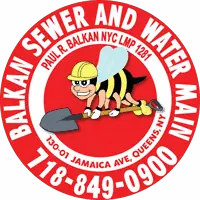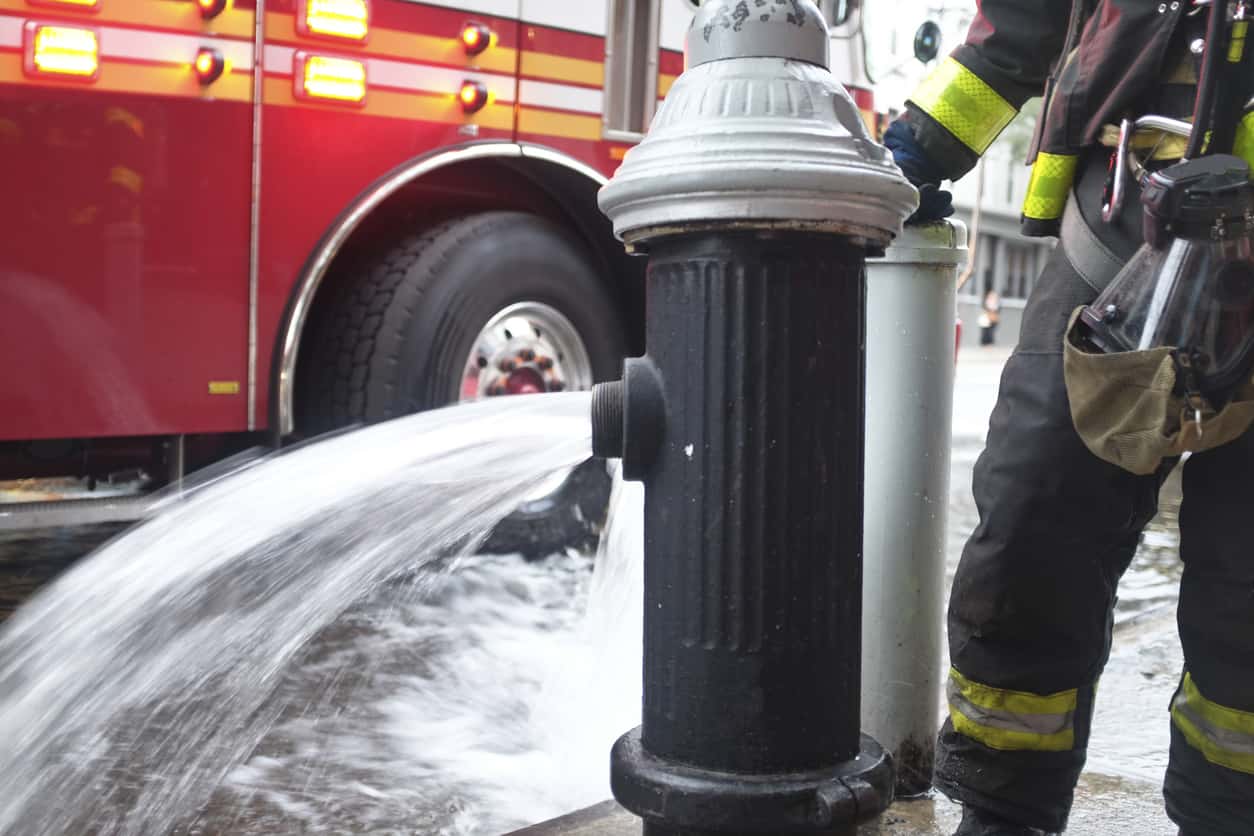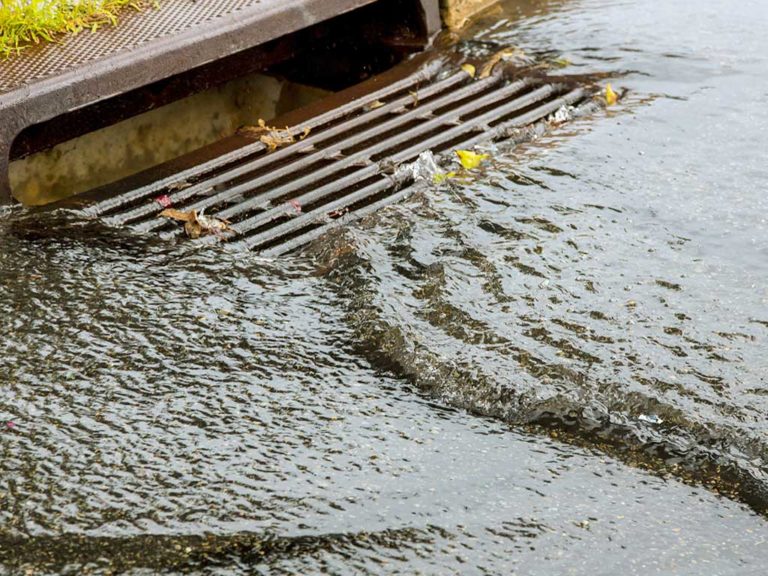Fire hydrants are something you see on every street in NYC—in fact, you’ll see them every 250 to 500 feet. You may have noticed there are two or three for every city block, and it’s not by accident. New York City is one of the most fire-protected cities in the nation because, well, we have a lot to protect.
This hydrant placement ensures that close-set houses and tall buildings are at the least possible risk if a fire breaks out. Firefighters can tackle large fires from various angles and extinguish small local fires before they spread to nearby buildings.
But where do these oh-so-familiar hydrants come from, and what did people use before the fire hydrant was invented? You might find it surprising that the fire hydrant’s history closely intertwines with our nation’s history.
Bucket Brigades: The Fire Solution of the Ages
- Fun Facts
- Bucket brigades are the oldest form of fire suppression.
During the 1700s, people relied on bucket brigades as the primary method for putting out fires. Communities would form a line from the nearest water source to the fire, passing buckets and pots of water up the line — and empty containers back down the line — to get enough water on the fire to put it out.
As you can imagine, this was slow and did not apply much water at a time. Hence, fires often rampaged through closely built cities like NYC (New Amsterdam until 1664.)
In some cases, people also used buckets of dirt to smother the fire, as they could gather loose dirt more quickly than water from the nearest source.
The Late 1700s: Wooden Water Mains and Fire Plugs
- Fun Facts
- People used to make water mains out of wood and would hack into them to get water for putting out fires.
- Fireplugs were originally the patches placed in these wood pipes after the fire was out.
In the late 1700s to early 1800s, New York was plumbed with wooden water mains. These were hollowed logs that fit together using a taper and band system that directed water throughout the city. As you can guess, the wood water mains were leaky. However, they provided much closer access to water when a fire broke out.
Of course, there weren’t fire hydrants yet. When a fire brigade needed water to put out a fire, they would dig down to the nearest wooden water main and then cut a hole into the wood pipe. The water would then fill the hole where they had dug and a bucket brigade would have access to a water supply. At least the water source was closer than finding the closest pond, stream, or other of water.
In some cases, there was enough water pressure to support a hose. But most of the time, the solution went right back to hauling buckets from the created pool of water to the point of the fire.
After putting out the fire, people would need to patch the water main by creating a plug and pounding it into the wooden water main. That’s why we sometimes still refer to hydrants as fireplugs today.
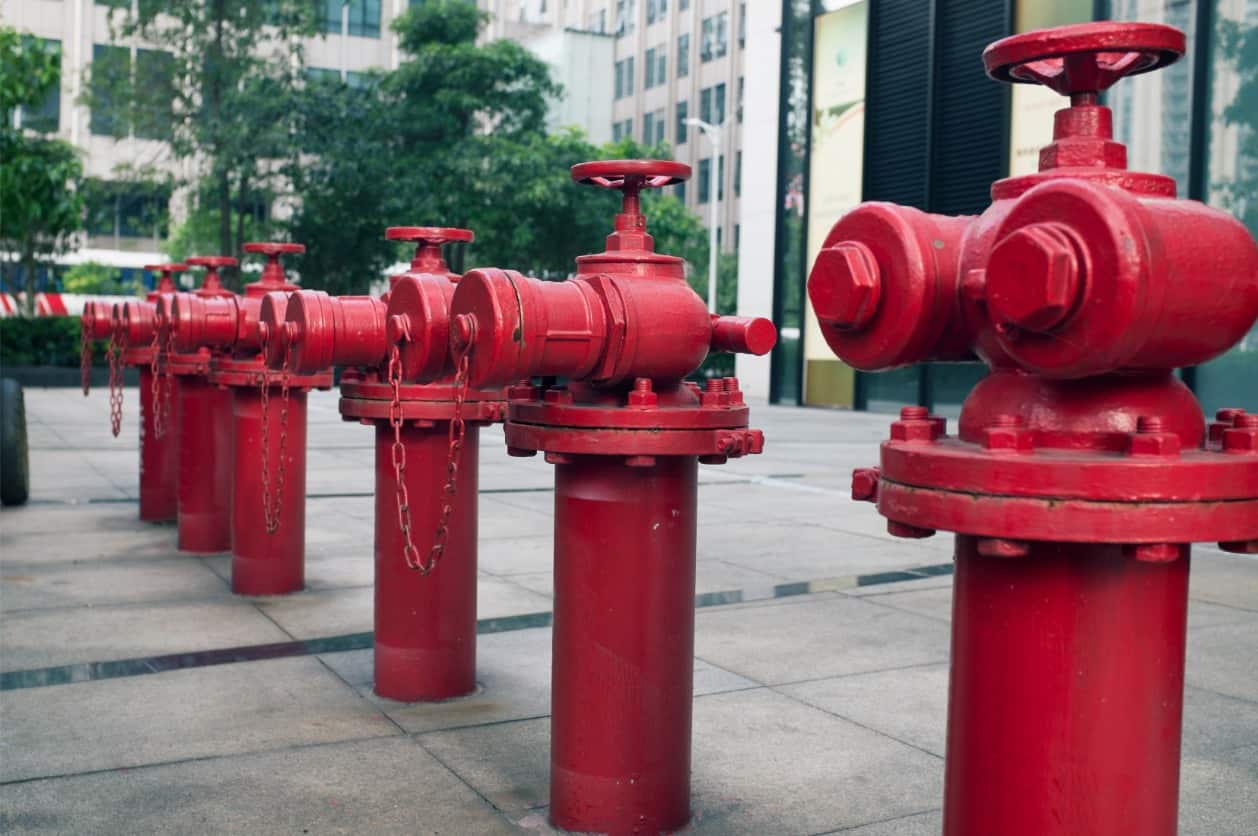
Early 1800s: Wet-Barrel Fire Hydrants
- Fun Facts
- The original metal fire hydrants often exploded in the winter because water was always present in the body of the fire hydrant.
In the early 1800s, the first metal pipe water mains went in, paired with the very first hydrants. These were simple faucets that branched off from the water main and extended out of the ground, intended to fill buckets or supply pressured water for hoses.
The first faucets featured a twisting valve on top to allow water flow and were capped with a wooden box when not in use. Philadelphia’s chief engineer, Fredrick Graff, innovated this design but lost his original patents in a patent office fire in 1836.
Unfortunately, the original design had some serious problems. The original fire hydrants were of a “wet barrel” design, meaning there was always water pressure behind the tap. However, this would freeze during the harsh North Eastern winters, causing the usual explosions and icy mayhem.
To solve the problem of hydrants freezing and bursting people insulated the faucets with packed sawdust and other materials to minimize their ability to freeze.
Thomas Jefferson Hires a Cannon Maker
- Fun Facts
- A cannon maker, Henry Foxall, invented the essential fire hydrant design.
- Thomas Jefferson hired Mr. Foxall.
In 1802, Thomas Jefferson hired a cannon maker, Henry Foxall, to introduce the first cast-iron fire hydrants. Why a cannon maker for hydrants? Cannon makers are very good at casting even, durable, and explosion-resistant pipes — because that’s what a good cannon is.
Mr. Foxall established a foundry near Washington, D.C., and received a commission from the City of Philadelphia to create cast-iron hydrants, alongside his numerous defense contracts for manufacturing actual cannons.
By 1812, Philadelphia had hundreds of cast-iron hydrants in wooden boxes all over the city, which exploded far less often than the original design.
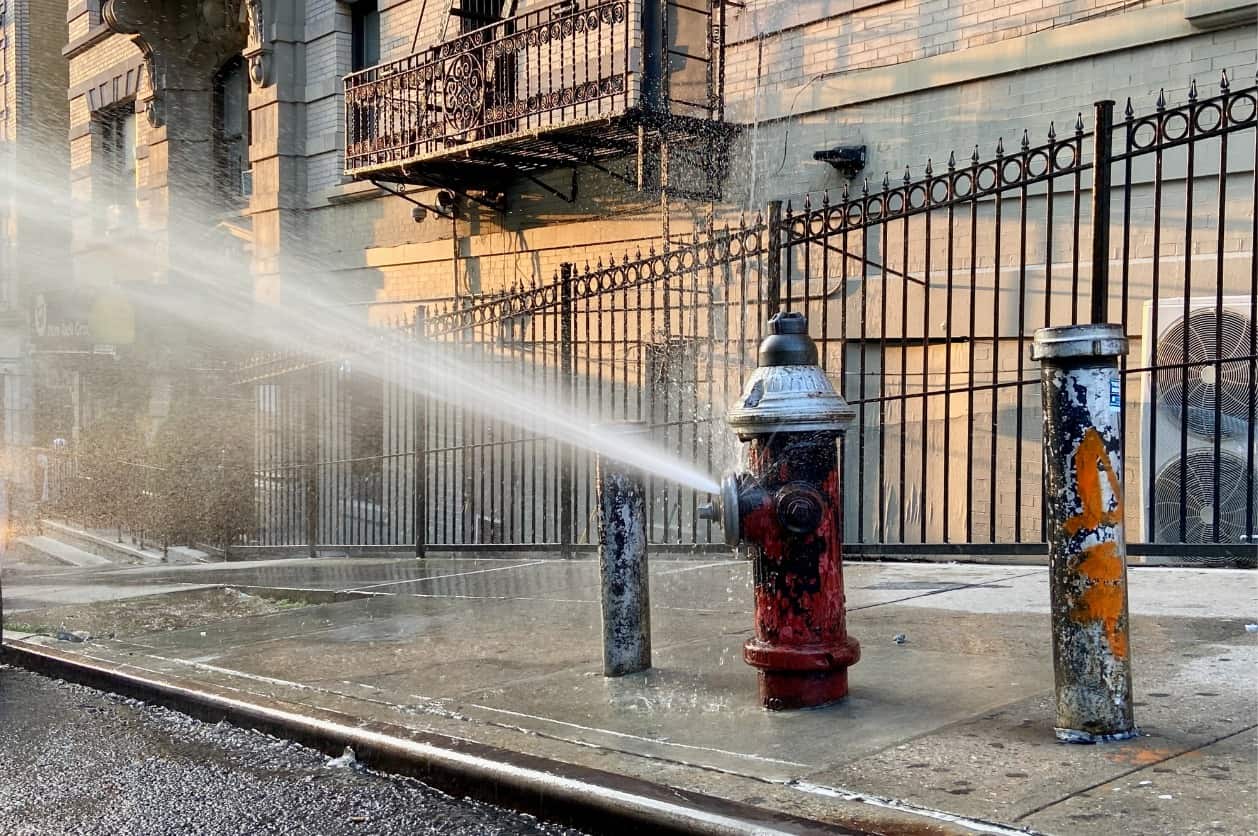
Modern Hydrants Require A Specialty Magnetic Wrench to Open or Close It
Installing Fire Hydrants In New York City
New York started installing the new fire hydrant design shortly after commissioning it. Today, property owners must be acutely aware of the locations of their hydrants. New York building codes may require a new hydrant installed or the relocation of a hydrant to meet the evolving needs of developed property.
The Advantages Of A Modern Fire Hydrant
A modern fire hydrant has a number of advantages over previous versions. One of the advantages is that it is self-draining so hydrants no longer freeze in the wintertime. Once a hydrant is closed, the water drains out of the body of the hydrant into a drain base located underground.
Another modern innovation is specialty magnetic hydrant wrenches needed to open fire hydrants. A simple plumbing wrench will not open a hydrant. All local firehouses in New York City carry a number of these specialty hydrant wrenches. This prevents people from tampering with the hydrants, damaging hydrants, or unauthorized use.
Using fire hydrants improperly can lead to the bursting of a city water main by creating water hammer (the abrupt opening or closing of a hydrant).
The Fire Hydrant Repair, Replace, Relocate Expert in New York City
Once you have private fire hydrants on your property, you must routinely test, maintain, and occasionally replace it. Balkan Sewer and Water Main Service provides expert fire hydrant installations, relocation, and repairs tailored to the specific needs of your property and the strict NYC fire code regulations.
NYC DEP approved hydrants
The Balkan Team is also an expert at installing new NYC DEP-approved hydrants, relocating hydrants, and repairing hydrants as well.
Whether you need to upkeep your existing hydrants or choose new hydrant locations for your property development plans, our team can provide the skill, experience, and utmost fire safety that you require to maintain fire code compliance and your real estate value.
Team Balkan is your NYC water line, sewer line, and drain line expert. Contact Team Balkan today to consult on any concerns or plans regarding fire hydrant maintenance, repair, replacement, relocation, or new fire hydrant installations.
